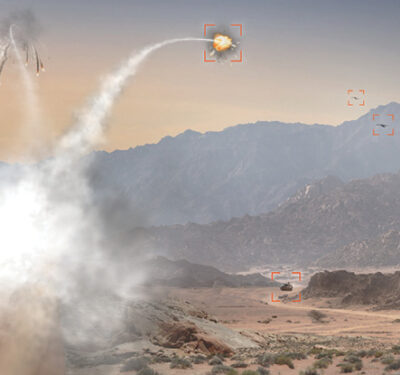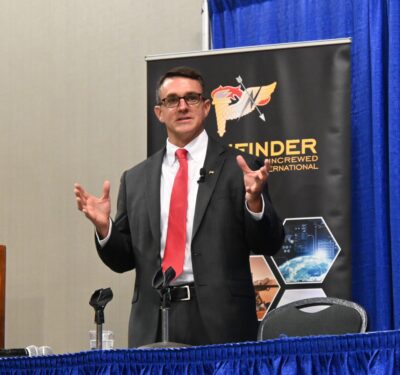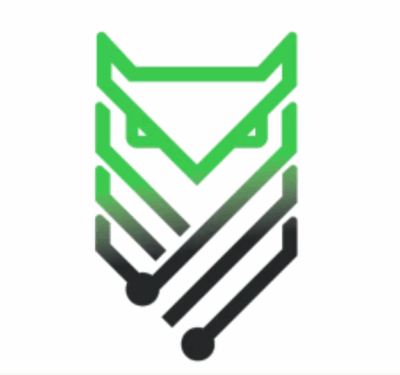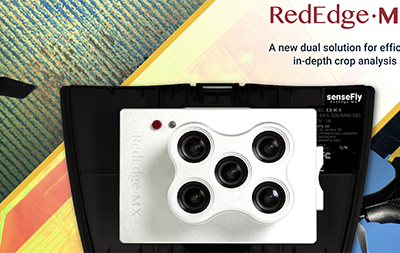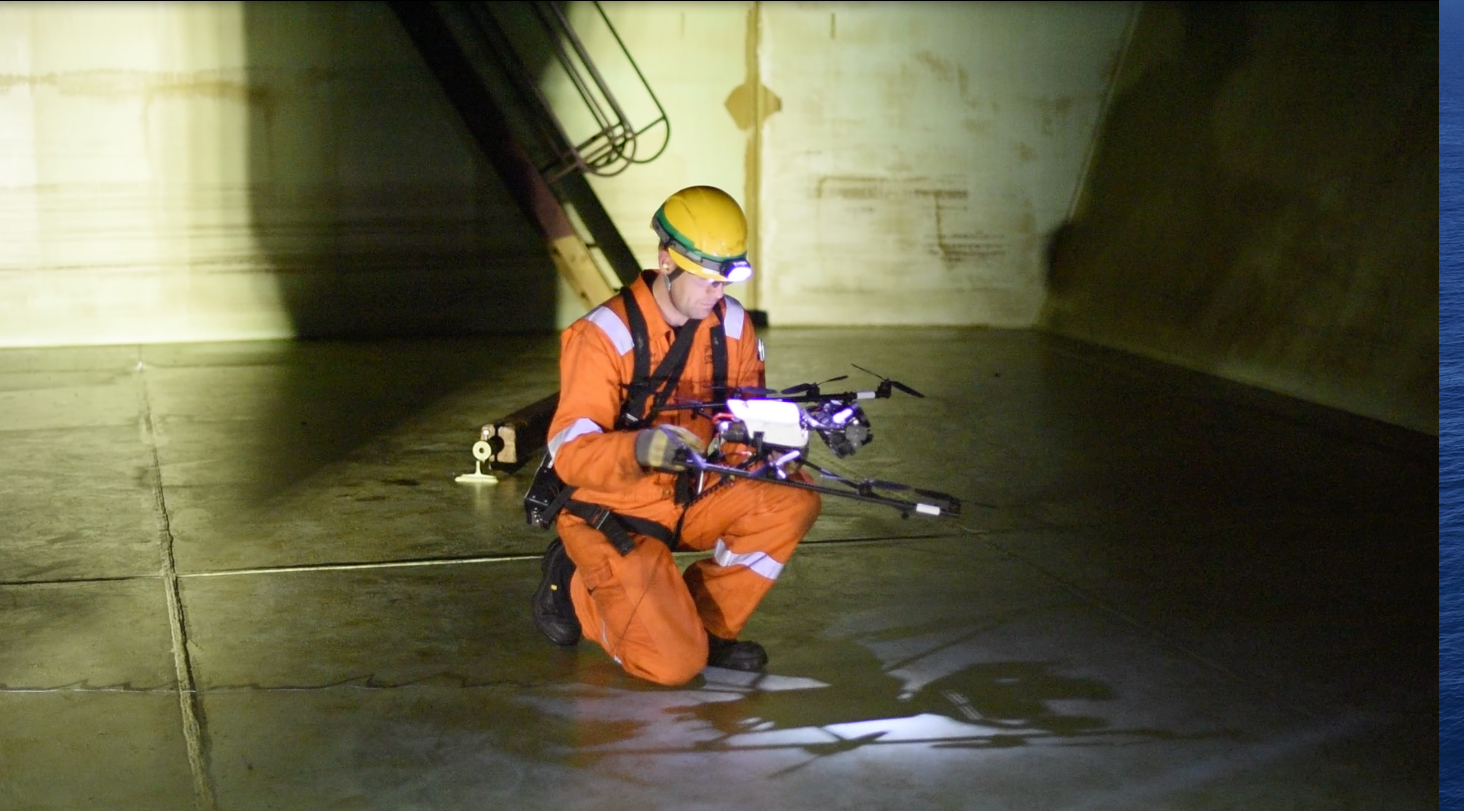
Cyberhawk Innovations recently used its remotely operated aerial vehicle to inspect a cargo oil tank on an operational Floating Production Storage and Offloading (FPSO) vessel—the first inspection of its kind, according to the company.
The inspection took place on the Gryphon FPSO in the UK North Sea, according to a news release. Maersk Oil owns and operates the FPSO, and is required to visually inspect cargo tanks for integrity, damage and class certification.
Typically, rope access technicians conduct these inspections, according to the release. They perform the inspections while suspended on ropes, focusing on areas of high stress such as brackets, bracing, stringers, webs and stiffeners.
Maersk Oil wanted to reduce the risks involved with using ropes, such as working at height for sustained periods and working in confined spaces, according to the release. Cyberhawk’s ROAV made it possible for Maersk Oil to perform a quick, safe audit of the tank, while also enabling them to better identify and plan for possible contact based inspections in this tank as well as others.
Using drones in this application also offers significant potential cost savings per tank, according to the release. UAS can now be applied to larger internal tanks, on vessels such as FPSOs, bulk carriers and tankers.
During the test, Cyberhawk brought on a two-man team—a UAS pilot and an inspection engineer. The inspection took a day to complete, a task that typically spans 3-4 days when using rope access.
“We have completed many projects with Maersk Oil since first working together in 2013. Both parties were keen to develop an effective ROAV inspection method for FPSO cargo oil tanks, as well as other tanks and storage vessels,” said Malcolm Connolly, Cyberhawk’s technical director and founder, according to the news release. “The successful completion of this project has demonstrated that this is now possible. Not only have we removed one of the most significant risks associated with tank inspection, working at height, but we have also highlighted the significant cost and time savings achieved by ROAV inspection.”


